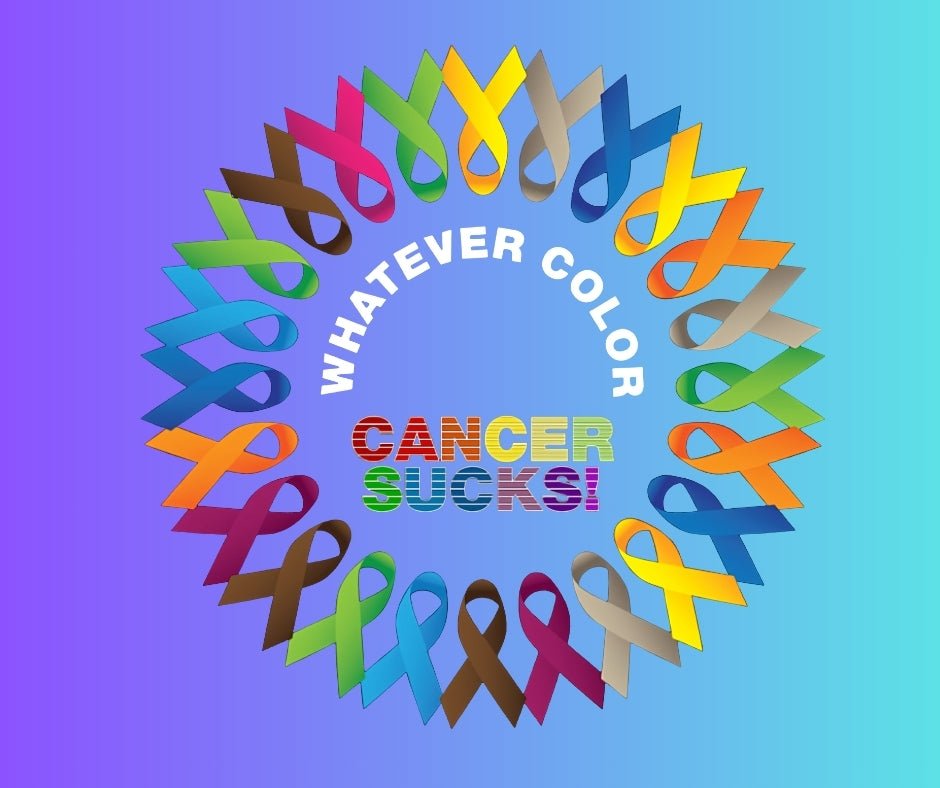The History and Meaning of Cancer Awareness Ribbons

The cancer awareness ribbon has become a powerful symbol in the global fight against cancer, representing solidarity, hope, and the ongoing quest for a cure. Each ribbon color signifies a specific type of cancer, fostering awareness and support for those affected.
Origins of the Cancer Awareness Ribbon
The concept of using ribbons to signify support or awareness dates back several decades. In the early 1970s, the song "Tie a Yellow Ribbon Round the Ole Oak Tree" inspired Penney Laingen, whose husband was a hostage in Iran, to tie yellow ribbons around trees, symbolizing her hope for his return. This act popularized the ribbon as a symbol of support.
In the 1990s, AIDS activists introduced the red ribbon to raise awareness about HIV/AIDS, further cementing the ribbon's role in health advocacy
The Pink Ribbon and Breast Cancer Awareness
The pink ribbon, now synonymous with breast cancer awareness, was first introduced during the 1990s as part of the Susan G. Komen New York City Race for the Cure. Breast cancer survivors and supporters often wear the ribbon or its iterations on clothing, bumper stickers, and even as tattoos. Healthcare professionals and advocates use the ribbon to encourage screenings and promote awareness.
Diverse Ribbon Colors and Their Meanings
Beyond the pink ribbon, numerous other colors represent different cancer types. Here are some key examples:
- Light Blue Ribbon: Symbolizes prostate cancer awareness, drawing attention to a disease that can often be successfully treated if detected early
- Pearl or White Ribbon: Represents lung cancer awareness, a leading cause of cancer-related deaths in the U.S. The pearl or white ribbon is a sign of hope.
- Purple Ribbon: Associated with pancreatic cancer awareness. The purple ribbon emphasizes the need for research into this often-aggressive disease.
- Teal Ribbon: Denotes ovarian cancer awareness, promoting early detection for this often-late-diagnosed cancer.
- Gold Ribbon: Signifies childhood cancer awareness, with gold representing the preciousness of children.
- Gray Ribbon: Stands for brain cancer awareness, symbolizing the brain and the serious nature of this disease.
The Role of Awareness Ribbons Today
Today, awareness ribbons are ubiquitous, appearing on lapels, car bumpers, and social media profiles. They serve as powerful tools for education, fundraising, and solidarity. By wearing or displaying these ribbons, individuals and organizations show support for cancer patients and survivors, honor those who have lost their lives, and advocate for continued research and funding.
Conclusion
The evolution of the cancer awareness ribbon reflects the growing global commitment to combating cancer. Each color tells a story of struggle, hope, and the relentless pursuit of a cure. By understanding and embracing these symbols, we contribute to a world more aware and supportive of those affected by cancer.


 NEW ARRIVALS
NEW ARRIVALS APPAREL
APPAREL GIFT AND HOME
GIFT AND HOME COLLECTION'S
COLLECTION'S HOPE HUB
HOPE HUB BLOG
BLOG



